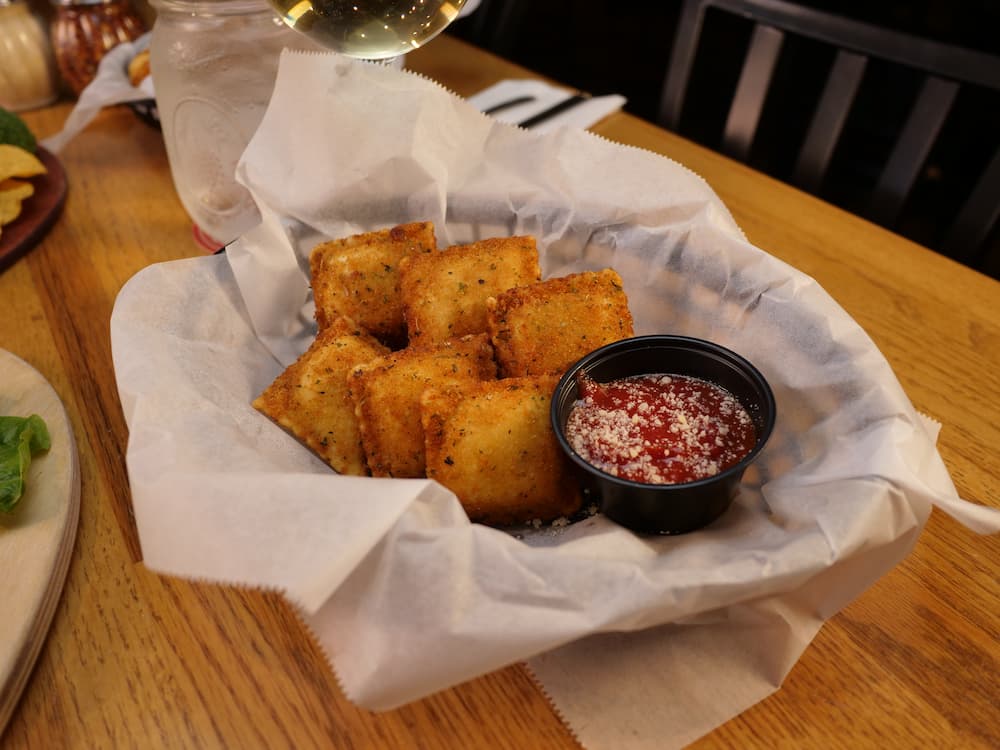How is Pasta Made?

Each American consumes around 20lbs of pasta, making it one of the most consumed foods. Americans love pasta because it is easy and quick to prepare, pairs with several dishes, and has a longer shelf life.
Surprisingly, most pasta lovers do not understand how to cook pasta. In view of that, Beau Jo’s, a famous eatery known for its Beau Jo’s Colorado Style Pizza and other delectable dishes, has explained how to make pasta to keep you enlightened.
Pasta History and Background
Though regarded as Italy’s national dish, evidence shows that pasta was first made in China around 1700-1100 BC— it was not invented in Italy. Other historical records reveal that pasta was made in Greece during the first millennium BC.
Marco Polo, an Italian explorer, introduced it to Italy, where it got its modern shape. Italian cuisine masters rolled it into noodle or spaghetti shapes, the most common pasta types in today’s culinary world. Historians have found ancient tools and utensils the old Italians used to shape pasta.
Apart from giving it shape, the ancient Italians made the first pasta for sale. They dried, packed, and sold to households that could not make their own. In the 15th century, the first large-scale pasta industry opened in Naples, an area that had the most favorable weather for pasta drying.
Since then, pasta has made its way to other parts of the world, with the United States, Japan, Greece, Tunisia, Brazil, Russia, Turkey, Chile, and Venezuela ranking as top consumers of this simple, tasty meal.
Made With Fresh Ingredients
Before moving to the how-to make pasta process, it matters to understand the ingredients used. Manufacturers make pasta from semolina, a coarse flour from durum, a hard wheat species Majority of the durum wheat used in the making of pasta grows in the Middle East.
In addition to semolina flour, manufacturers use eggs and vegetable juice from a tomato, beetroot, spinach, and carrot to enhance the pasta’s color and richness. Others spice up the pasta with popular herbs like thyme, garlic, and basil.
How the Pros Make Pasta
From grounding durum wheat mixing ingredients and shaping the mix, pasta goes through several processes before getting into your favorite store. Some of these standard processes that pros use to make the much-loved pasta include:
Mixing and Kneading Pasta
Mixing and kneading are the first processes in making pasta. Manufacturers use a mixing machine that kneads large quantities of semolina flour, eggs, vegetable juices, spices, herbs, and warm water at a go. The mixing machines have rotating blades that knead the pasta into the required consistency within a short time.
Rolling and Cutting Pasta
After mixing and kneading ingredients into a lumpy consistency, the mixer pushes the dough into a laminator that rolls the dough into large, thin sheets. The laminating machine has large cylinders that flatten the dough into the required size. Apart from rolling the dough, the laminator presses excess water and air from the dough.
The laminator moves the large, flat sheets of dough into a steamer which heats the dough to 140 degrees Celsius, killing germs and breaking down contaminants. Manufacturers call the steaming process pasteurization.
Cutting and Shaping Pasta
The cutting and shaping stage is where manufacturers decide the type of pasta to produce. For instance, the manufacturers put the dough into an extruder that pushes it through metal dies to make elbow macaroni, rigatoni, and fusilli.
Tortellini pasta is made in a particular unit that creates pasta rings out of dough rolls. After creating the rings, the special machine stuffs cheese into the coils, ensuring the pasta rings maintain the required shape.
For Ravioli pasta, manufacturers use a machine that drops cheese on a sheet of dough and places another sheet of dough on top of the cheese fillings. Afterward, the machine perforates and cuts the pasta into pre-measured squares. Typically, manufacturers have a suitable machine to shape each type of pasta.
Drying pasta
After shaping, manufacturers place the pasta in a drying tank, whereby moisture, heat, and drying time are highly monitored. Depending on the type of pasta, the drying time can range from three to twelve hours. Dry pasta is stuffed into plastic containers, sealed, and distributed to chain stores.
Experience the Magic of Colorado Mountain Pies Today
How to make pasta? The process starts by mixing and kneading semolina flour with ingredients like eggs, vegetable juice, and select herbs. After kneading, the dough is pasteurized, shaped, dried, and packed.
For pasta lovers who want to taste the best, Beau Jo’s is the best place to get delicious servings prepared by celebrated chefs. The eatery is the brain behind the famed Beau Jo’s Colorado Mountain Pie and other delicacies like garlic cheese bread, chips and salsa, Buffalo wings, stuffed mushrooms, and nachos.
Find your nearest Beau Jo’s location, and order your favorite dish or contact us to learn how to make pasta.
